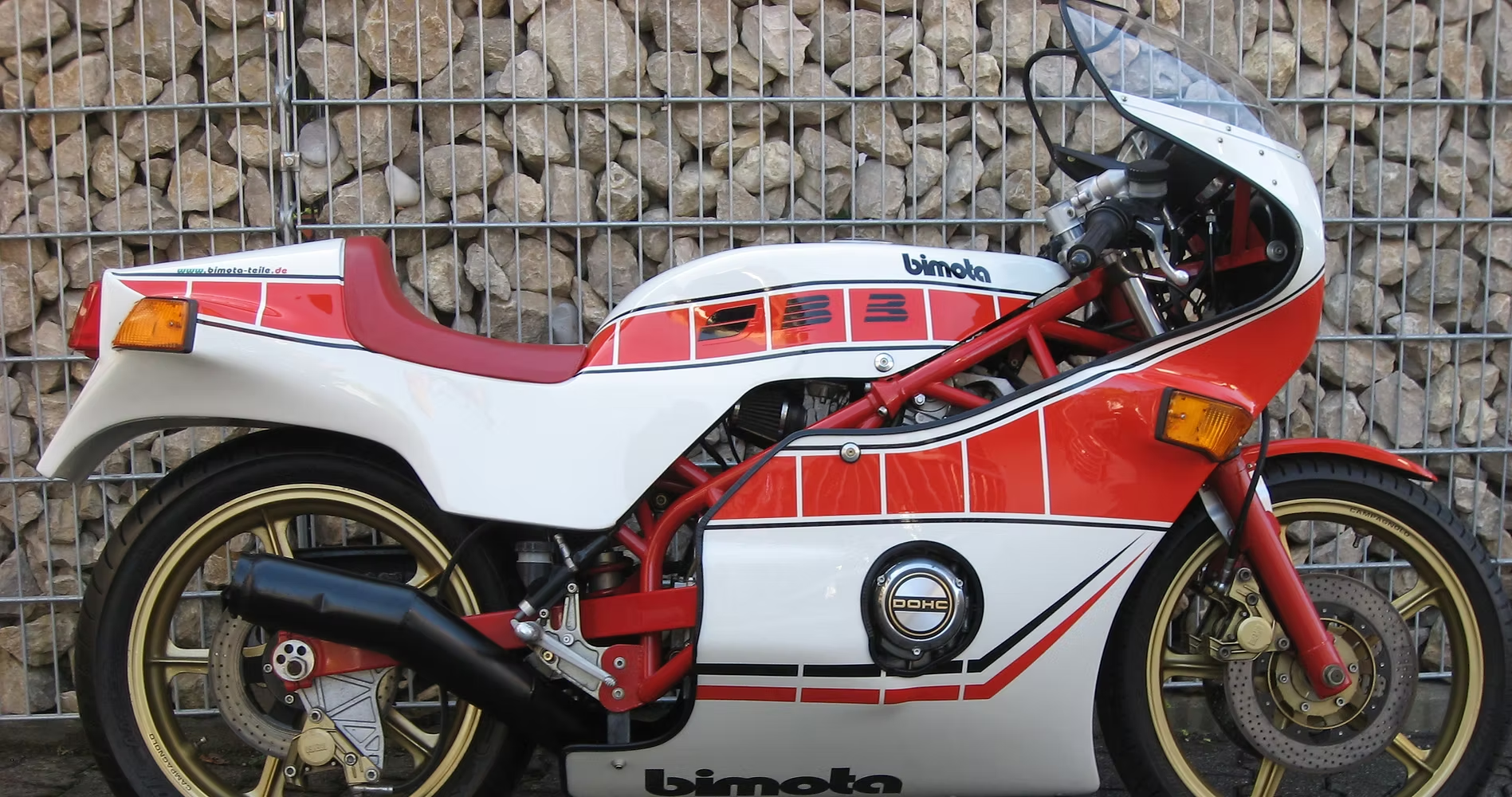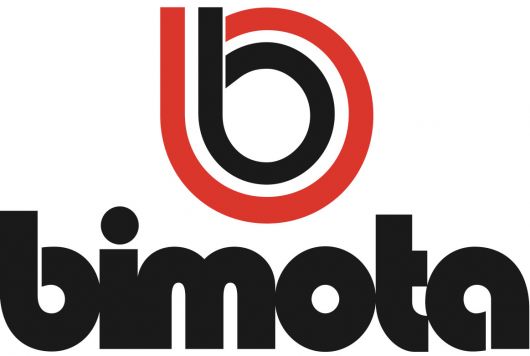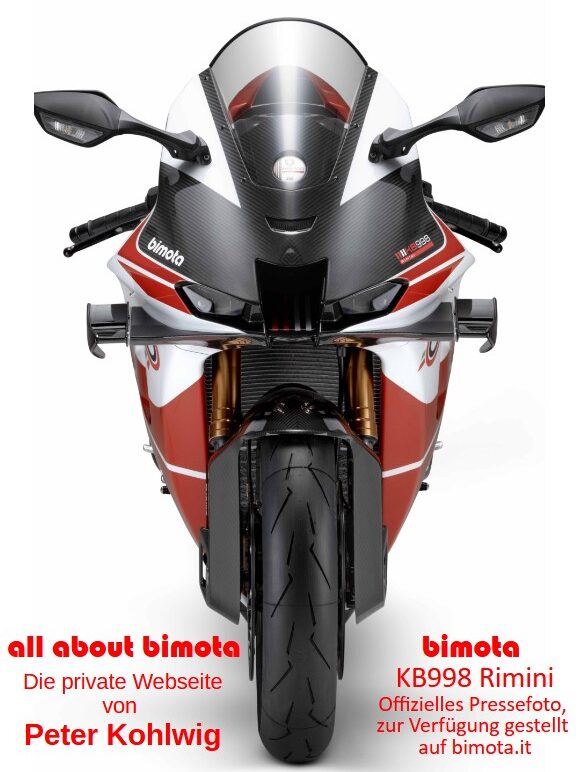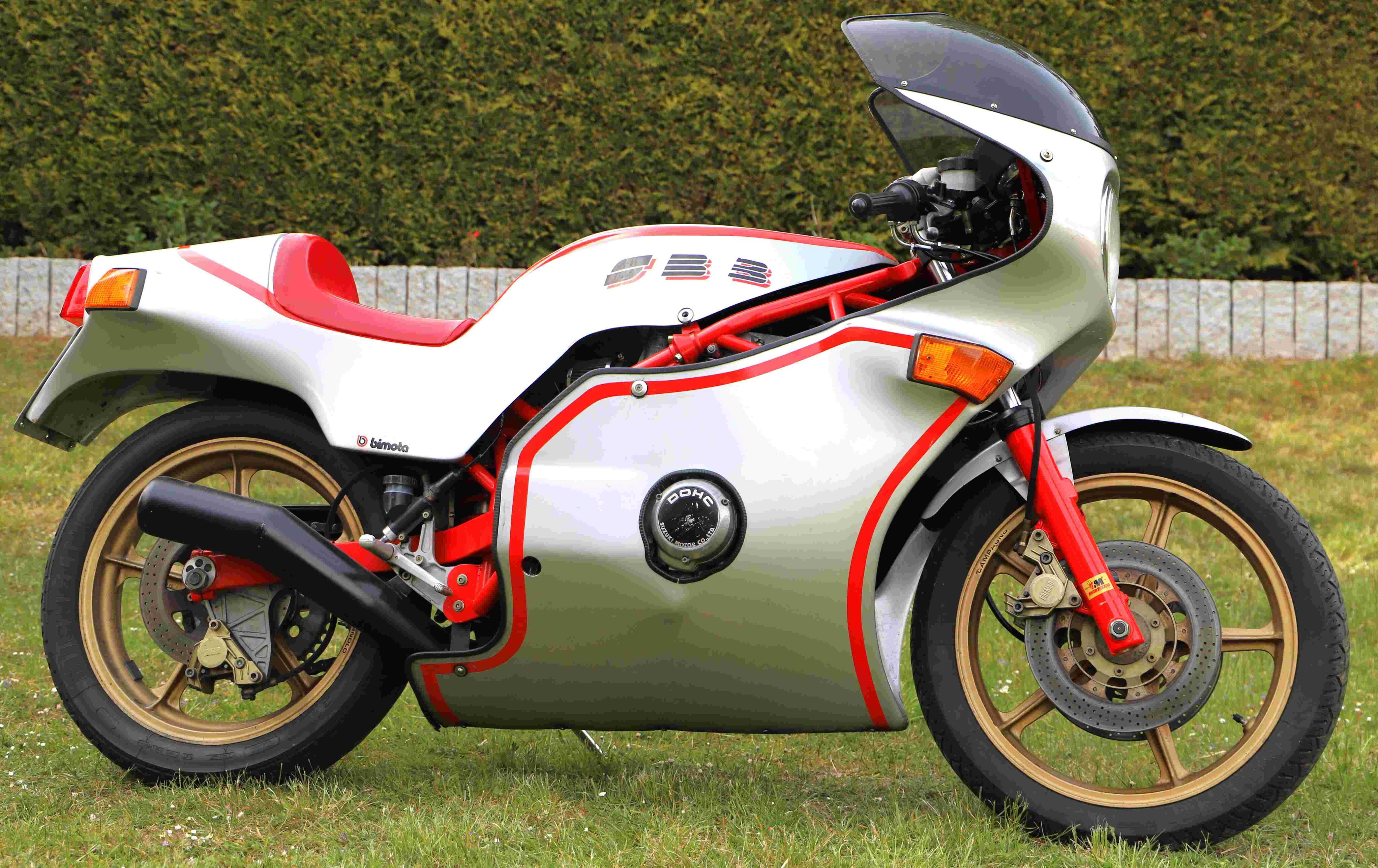
| Designer | Massimo Tamburini | First presentation | Milan 1979 |
| Production period | 1979 – 1982 | Numbers produced | 402 |
| Power | 66 KW (90 PS) | Displacement | 997 ccm |
| Topspeed | 225 km/h | Weight | Wet weight 210 kg Dry weight 199 kg |
| Price | 19.995 DM (1979) | Colours | 393 silver / red 9 white / red with diamond pattern |
| Technical basis | Suzuki GS 1000 |
The design of the SB 3 is a further development of the SB2 from 1977. The two-part frame with coaxially connected swing arm was revised and given a new rear frame to better connect the seat and the monocoque. The frame consists of 25 seamless chrome-molybdenum steel tubes and weighs just 9 kg. The frame can be divided using two screwed, conical connecting elements, as the frame tubes are so close to the engine that it is not accessible for maintenance. Consequently, the wiring harness has a plug connection. The engine is integrated as a stressed member of the frame construction, which is open at the bottom. The swing arm is mounted coaxially to the gearbox output shaft. The box swing arm is therefore significantly wider at the front than at the rear. This complex solution, patented by Bimota, enables constant chain tension over the entire suspension travel. On the SB3, this is 120 mm.

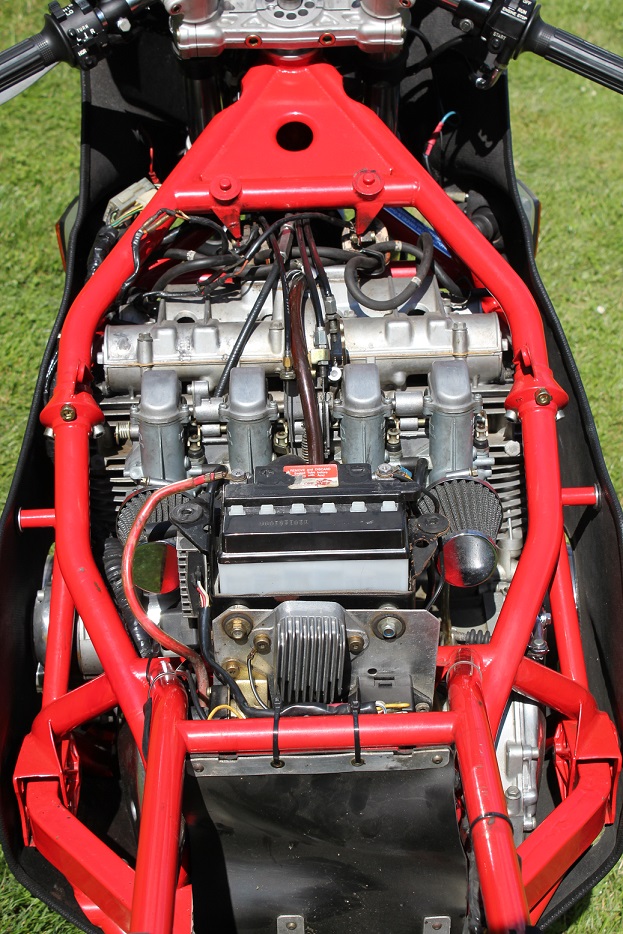
The design of the fairing and monocoque is used in parallel on the SB2/80. The indicators are noteworthy, as they give the impression of being made especially for this fairing. In fact, they are standard parts from the Piaggio Vespa PX scooter, which are integrated into the fairing and monocoque in a visually appealing way.
The SB3 stands on the classic 18-inch 5-spoke magnesium rims from the Italian manufacturer Compagnolo, which are guided by a 38 mm Marzzochi fork at the front and a fully adjustable, vertical De Carbon central shock absorber at the rear. The caster of the SB3 can be adjusted using eccentrics in the fork bridges. The chain tension can also be adjusted by using the two eccentrics located in the axle mounts of the swing arm.
Technically, the SB3 is based on the Suzuki GS 1000, which was offered from 1978 onwards and whose four-cylinder engine has a roller-bearing crankshaft, 2 overhead camshafts and 2 valves per cylinder operated by tappets. Bimota installs a 28 mm Mikuni carburettor, individual air filter and a 4 in 1 exhaust system and states the power as 90 hp.

The SB3 is offered for a price of DM 19,995, which is more than twice as expensive as its technical sister, the GS 1000, which was offered in 1980 for around DM 9,700 plus delivery. For that, instead of a stately big bike with sports tourer characteristics, you get a limited edition racing machine that is almost 30 kilograms lighter.
From June 1979, the SB 3 was built and sold by Suzuki Germany in Ingolstadt as the SB 3D using kits from Rimini. The German models can be recognized by the blue data plate with Suzuki Motor Germany as the manufacturer and the additional D for Germany in the vehival identification number. The models marketed directly by Bimota have a black type plate. One of the most prominent German customers is the multiple rally world champion Walter Röhrl.
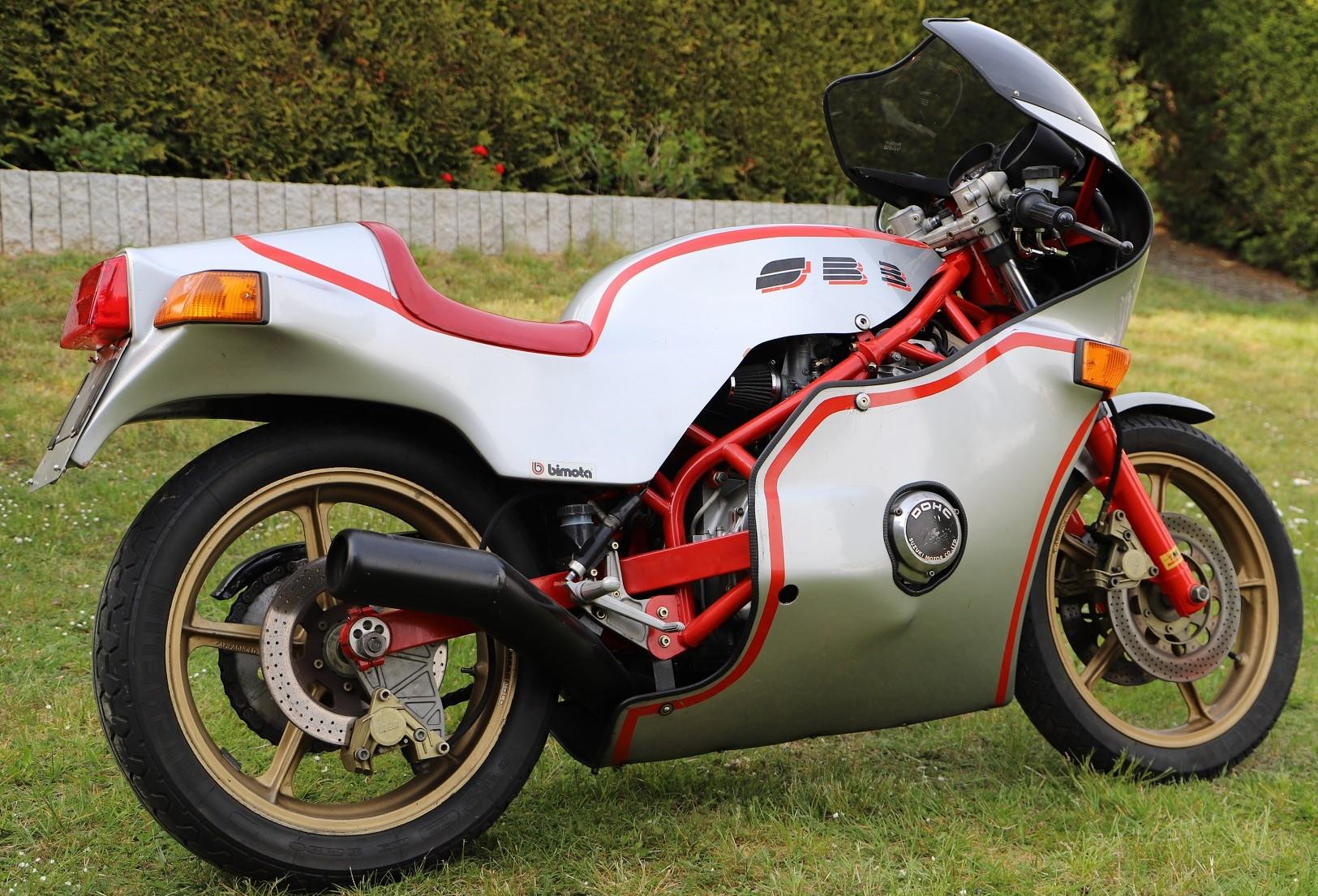
The German motorcycle magazine MOTORRAD certifies the SB 3 in issue 13/1979:
„outstanding handling characteristics“. „The machine goes into and out of curves in a way that only racing machines have been able to do up to now. The relatively short wheelbase and the steep steering head angle, the unobstructed ground clearance and the perfect weight distribution make up for the higher weight compared to the racing machine and also make you forget the high center of gravity of the engine, which is positioned far up.“
Suzuki is placing advertisements for the new top model in various magazines and is not skimping on technical details:
„World-class drivers and top engineers have turned the tried and tested Suzuki GS 1000 into the coveted Suzuki SB 3 Bimota. The result is as follows: From 0 to 100 km/h in 3 seconds, top speed over 230 km/h. 1000 cc displacement, 4 cylinders. 90 hp or 66 kW, 209 kg, Bimota chassis, cantilever suspension with multi-adjustable shock absorber from Formula 1 racing, safe cornering and straight-line stability thanks to specially coordinated steering angle and caster, tubular space frame made of chrome-molybdenum steel, engine as a stressed member element in the optimal center of gravity, shortened wheelbase, reaction-free drive through box swing arm with pivot point at the level of the drive pinion, stable rear suspension, low-maintenance rear chain, perforated three-disc brake system with deceleration values 100% above the legal requirement, four-in-one exhaust system, full fairing developed in the wind tunnel, low-profile tires, H4 headlights, etc. etc. The only thing that is limited about the new Suzuki SB3 Bimota is its first small series of 50 TÜV-approved machines produced in Germany. Order yours while there is still one left.“
